Uri Levy and Yossi Medina –
The 2012/13 season in the Ligat Ha’Al, the Israeli Premier League, had started quite badly for Beitar Jerusalem. Three losses and two ties in the first five games were enough for fans and media to mark the club as a serious contender for relegation. The roster was dull and did not include any impressive Israeli or foreign players. Just when things looked irreversible for the infamous yellow and black club, a tight 2-1 victory over Bnei Yehuda Tel Aviv in late October ushered in a huge change.
Under the guidance of veteran coach Eli Cohen, the capital’s club suddenly materialized as a young and energetic team, based almost totally on local talent. Players like Kobi Moyal, Avi Rikan, Ofir Kriaf and Ariel Harush, all products of the club’s youth section, played attractive football, and took-off for a five game run without a loss. The stands at Teddy Stadium, the club’s home ground, were full at every match. After gaining a 3-2 victory over archrivals Hapoel Tel Aviv in front of 22,000 enthusiastic fans, it seemed that, perhaps, this group of young guns could carry the club against all odds.
Beitar, frequently a media target due to its fans’ racist chants and behavior, were now the journalists’ favorite. The bon-ton talks about the team described it as “a young group of Israeli players who enjoy football and can aim for a Top Four position.”
But then, on a cold and rainy morning during January’s transfer window, the club purchased the Chechen duo Zaur Sadayev and Djebrail Kadiyev from Terek Grozny. In one moment, the season turned into a disaster for anyone related to Beitar and, some would say, for Jerusalem as well. Why? Because Sadayev and Kadiyev are Muslims, a reality that Beitar’s fanatic fans could not tolerate.
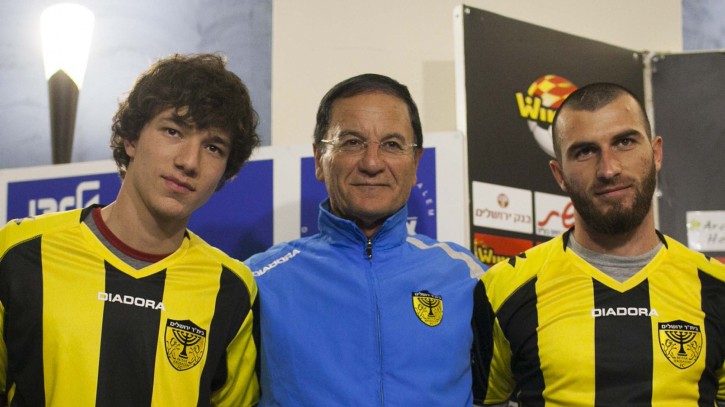
The two Chechen Signings Djebrail Kadiyev (left) and Zaur Sadayev (right) – Image via timesofisrael.com
This complicated and surreal saga, took part in the diverse and disputed city of Jerusalem, which is in the center of the Israeli-Palestinian conflict today and which has been a centre of national and religious discord over the past century. The story of Beitar and the Chechens mixes politics, racism, money, power, and tradition. It calls for a deep look into the club’s history, Israeli politics and socio-economic relations, and an examination of the processes that Israeli football’s biggest crowd went through, in the years prior to the Chechens’ arrival.
Yellow and Black Roots
Beitar Jerusalem was established in 1936 as a part of the Beitar youth movement, a revisionist Zionist movement and one of the first Israeli right-wing entities. During the British rule of Mandatory Palestine (1917-1948), some of the club’s players were members of paramilitary organizations, which led the authorities to ban the club in 1938. Five years later, the decision was revoked, but these years became an important part of the Beitar Jerusalem legacy—and are the origin of the club’s extreme right political identity and its resistance to the government and the mainstream.
After Israel’s independence in 1948, the club went through three major periods: Until the late sixties, Beitar was not a part of Israel’s top-flight football competition, and instead played in the second division. The club was promoted to the first division for the first time in 1969, but did not immediately become a serious power in Israeli football. The change in Beitar’s fortune came in 1976, when the club finished 2nd in the National League and won its first-ever State Cup. By 1986, Beitar had won three more cups, but failed to win the championship. In 1984, they came close; at one point they were 13 points ahead of Hapoel Tel Aviv, which ultimately recovered to win the title. In 1987, the club finally concluded a perfect season with a double. Both Uri Malmilian, a club legend who was the hero of the first cup in 1976, and Eli Ohana, who was Beitar’s and the Israeli national team’s biggest talent at the time, led the club to glory.

Eli Ohana won the European Cup Winners’ Cup with Mechelen – Image via pesmitidelcalcio.com
In the following years, Ohana became the face of the new Beitar and the pride of Israel. After the 1987 championship, he left the club for the Belgian side KV Mechelen. Ohana and Mechelen won the European Cup Winners’ Cup in 1988 against Ajax Amsterdam, with the young Jerusalemite providing the assist for the only goal. In that year Ohana won the Bravo Award, a trophy for the most outstanding young European footballer.
Meanwhile back in Israel, Beitar was having a hard time, and was relegated in 1991. In a rare move Ohana returned to the club, led Beitar to promotion after just one season, and won a terrific championship the season after. Beitar Jerusalem had started its revival and, by the end of the century, had won the title twice more, first in 1997 and again, in 1998.
From Passionate Fans to ‘La Familia’
Since the beginning of the seventies, Beitar Jerusalem fans have been well known all over Israel. They were mainly rooted in the lower socio-economic classes with a right-wing orientation, striving for public recognition and protesting against the social discrimination committed by the government. The club’s fans were considered violent and wild by their opponents, but the club’s supporters saw themselves as caring, loyal and passionate.
Visiting fans were threatened at the YMCA Stadium, and later at the Teddy Stadium. As the years passed, the radical fan base kept growing. In 1977, a year after Beitar’s first title, the fans got a boost through national politics. The Likud, the main right-wing party, was elected for the first time in history. Since then Likud has been Israel’s dominant party; they have won nine terms and have been in power for a total of thirty years.
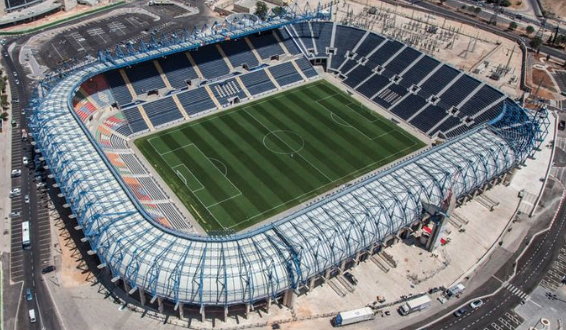
The Teddy Stadium in Jerusalem – Image via greensportsblog
In matches against Arab clubs, such as Hapoel Taibeh in 1996-97 and from 2000 onwards Bnei Sakhnin, Beitar fans, inspired by the tension between Jews and Arabs in the country, intensified their hostile behavior toward Arab teams. Beitar fanatics actively expressed their beliefs and ideologies when rightwing politics were the Israeli mainstream. When the Likud was in charge, nobody stopped them from doing so.
The major transformation in the crowd, however, really started at the beginning of the new millennium. In those years, ultras groups started to appear in Israeli football, and were established much as they did in other European groups. Beitar’s ultras, La Familia, were established in 2005. Inspired by Italian ultras groups, La Familia absorbed its ideology from extreme right-wing movements in Israel. The difference between La Familia and other Israeli ultras group was the fact that they were, and continue to be, supported officially by the club— they are recognized as Beitar’s official fan club, and are directly funded by the club management.
Like radical ultra groups elsewhere, La Familia is known as violent, but in the past decade, racism became more and more central to their acts. “I swear, there will be no Arabs here,” or “Here it comes, the most racist team in the country,” are now commonly heard songs in the stands of the Teddy stadium. Activists of Kahane Khai (which was outlawed in 1994) and Lehava, both radical right wing movements, have found themselves a new field in which to express their anti-Arab and anti-Muslim agendas with impunity—the football stands.
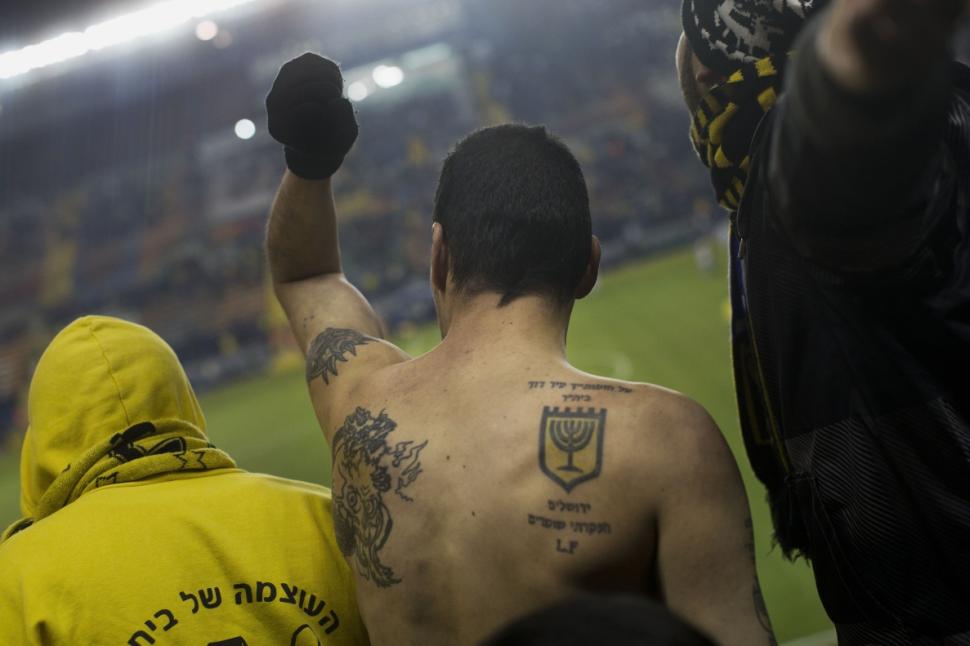
A member of Beitar Jerusalem’s La Familia – Image via nydailynews.com
Beitar was occasionally disciplined for their fans’ behavior by the football association’s court. Heavy fines and matches behind closed doors became a weekly routine for the club, even when the violence took place outside the stadium. Two of the most infamous incidents of this period occured when La Familia members beat Arab workers in the stadium after a match, and when over 300 fans attacked Arab people in a nearby mall. Those riots, led to the decision, by many traditional Beitar fans, to stop attending the club’s matches, and a dangerous vacuum inside the crowd was thereby created.
La Familia quickly filled this vacuum. They attracted more racist and right wing activists to support Beitar, and the profile of the typical Beitar fan changed dramatically. The typical fan was no longer a young right wing Jerusalemite working class, youth but rather a radical right wing Jewish youth, from anywhere in the country.
In a very short time, La Familia dominated the club’s character. The organization leaders determined which ideology one should hold in order to be a fan of the club. Despite the racist chants and the dangerous environment, nobody at the club, neither the police nor the government, took any steps to intervene. Regarding radicalization of the crowd, by that time, the train had already left the station.
The Russian Reign at Beitar Jerusalem
August 2005 was a historically significant month for both Beitar Jerusalem and Israeli football. Arcadi Gaydamak, a Russian-Israeli multi billionaire oligarch, who owned variety of companies and businesses across Europe, Angola, and Canada, took over the club.
Gaydamak’s aggressive foray into Israeli sports was accomplished through a series of well-planned moves. In July 2005, he bought the Hapoel Jerusalem basketball club, which was then mainly identified with the Jerusalem secular left wing population. A month later, he bought 55% of Beitar Jerusalem. That same week he donated $400,000 to Bnei Sakhnin, an Arab-Israeli club, which he stated was a, “gesture of goodwill … promoting the coexistence between Arabs and Jews in Israel.” After a week, he completed the full purchase of Beitar, and opened a new chapter in the club’s history.
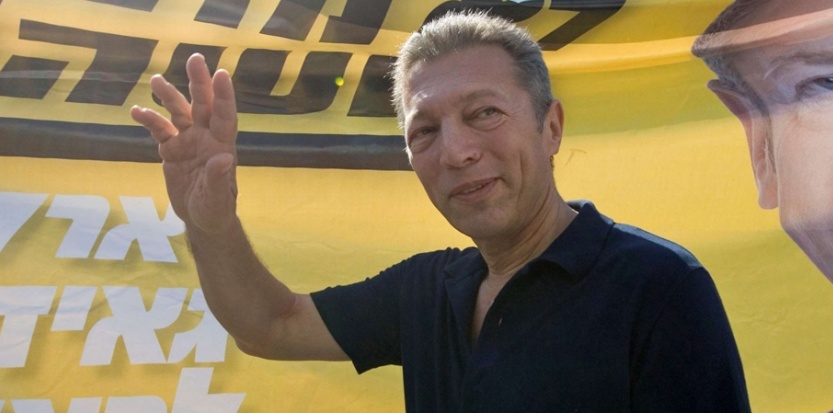
Arcadi Gaydamak – Image via referential.nouvelobs.com
In the beginning of the Gaydamak era, Beitar enjoyed an unlimited cash flow, and saw a line of football’s big names join the project of the oligarch. Luis Fernandez, Ossie Ardiles, and a series of leading Israeli coaches, were signed as managers. The squad’s roster was no less impressive: French midfielder Jerome Leroy, Spanish striker David Aganzo and Ghanaian powerhouse defensive midfielder Derek Boateng, all signed with the club thanks to Gaydamak’s seemingly limitless financial resources. Needless to say, the club also attracted the best Israeli players at the time. Gaydamak aspired to make Beitar a strong side in European terms, but it ended unsuccessfully, as the club failed to qualify in the preliminary rounds of the European competitions. Under the Russian oligarch, Beitar won two league titles, two Israeli State Cups and one League Cup—but Gaydamak wasn’t investing that much at the club just for the sport of it. He had his own goals to score.
During those years, Gaydamak’s assistant, Yossi Milshtein, was managing close relations with La Familia leaders. Reportedly, through Milshtein, Gaydamak funded La Familia with expensive supporters’ equipment, provided them with a private basement in the stadium, transferred cash and, most importantly, entitled them with the prestige, the power and the legitimacy to run the show in the stands. In return, La Familia members praised the owner during matches in order to silence any objections to the big boss that might arise in the crowd, and to support any move he wished to implement at the club. Well, almost any move.
Gaydamak’s huge investment in Beitar was basically a tool intended to aid his effort to enter Israeli politics. During the Israeli-Lebanese War of 2006, Gaydamak built a huge campsite at Nitzanim Beach, for Israeli citizens from the northern part of the country, who wished to escape from the danger of missiles. In 2007, he founded a political party called Tzedek Hevrati (Social Justice), that participated in various municipal elections. His test came in 2008, when Gaydamak himself ran in the election for mayor of Jerusalem. At that time, he believed that with the support of the Beitar football fans and the Hapoel basketball fans, he could win the race. Unfortunately for him, he got only a few thousand votes, and suffered a huge loss in popularity. His immediate disappointed response was to reduce his support for both clubs. Since 2009, he has kept their funding at a minimum, and almost let Beitar go bankrupt.
The Chechen Affair
In January 2013, Gaydamak was strengthening his relationship with another Russian-Jewish billionaire, Telman Izmailov. Publically, Gaydamak declared that he was looking to widen the financial support in Beitar through Chechen public figures, but a few sources reported that his true desire was to develop a closer relationship with Chechnya’s president, Ramzan Kadyrov, in order to promote various businesses in the separatist region.
As a part of this emerging rapport, a friendly match between Beitar and the Chechen team Terek Grozny was held in Chechnya on January 9, 2013. The fact that their “proud Jewish team” would travel to Muslim Chechnya, was accepted with mixed feelings by Beitar fans. This developing cooperation was against La Familia’s agenda, and they expressed their feelings over the matter in various protests during practices and matches prior the players’ journey to Russia.

Pictures of the friendly match between Beitar and Terek – Image via rsport.ru
The friendly itself ended in a 0:0 tie, its impact, however, was huge. Beitar’s delegation to Grozny was welcomed with a magnificent reception held by the hosts, at which the Chechen president himself was present. This positive atmosphere overshadowed the real story, however, which was taking place behind closed doors.
After a secret negotiation, it happened. Gaydamak, accompanied by the club’s CEO, former captain Itsik Korenfein, and Jerusalem city mayor Nir Barkat, presented the two new purchases for the club—the Chechen duo of Zaur Sadayev and Dzhabrail Kadiyev—where signed from Terek Grozny. Zaur Sadayev was 24 years old when he joined Beitar Jerusalem. For a few years he had been part of Terek Grozny’s rotation, but had failed to become a regular first team player. Dzhabrail Kadiyev was a 19 year old, who had played for Terek youth and reserve teams. During their presentation they both were smiling and expressing an optimistic attitude, unaware of their new club’s history.
Sadayev and Kadiyev are Muslims. This was unacceptable to many Beitar fans, and especially so to La Familia, and the response was not long in coming.
Beitar Is Forever Pure
Muslim players did play for Beitar for many years. The Tajik player Goram Ajoyev who signed in 1989 was the first Muslim player to play for Beitar. Few years later, in 1999, Beitar signed the powerful Albanian striker Viktor Paço. Both players’ religious beliefs were not an issue for the club’s fans at the time, and were not discussed at all by the media.
Things changed in 2004, however, when the club signed the Nigerian defender Ibrahim Ndala from Maccabi Tel Aviv. The simple fact that he was Muslim, led to a hostile response by La Familia members. They threw banana peels, and chanted racist songs at him during training and games, literally making his time at the club a living hell, in order to force him to leave the club. After five games at Beitar Jerusalem, Ndala left the club saying: “I would not suggest that any Muslim or black player should play there.”
La Familia’s reaction to Sadayev’s and Kadiyev’s arrival was a lot worse than what the Nigerian had experienced. Even before they landed in Israel, when there had been faint rumors about a potential move of players from Terek to Beitar, La Familia had made their opinion about the subject very clear. In a match against Bnei Yehuda Tel Aviv, two days prior the Chechen duo’s arrival, they were responsible for one of the most racist demonstrations in Israeli football, when they displayed a huge banner that said: “Beitar is forever pure”. When they landed in Israel, Sadayev and Kadiyev did not know what was waiting for them at their first practice at Bait vaGan, Beitar´s training facility.
Approximately one hundred fans were present at the ground. When the players left the dressing room, fans cursed and jeered at the new Chechen players. “Sadayev go to Al-Aqsa” and “Death to the Arabs”, could be heard loud and clear that day, and continued to be the common soundtrack during all of Sadayev and Kadiyev’s time in Jerusalem.
The club seemed helpless in the face of its fans’ racist behavior. One person who stood up to the fans, and against La Familia specifically, was the goalkeeper and skipper, Ariel Harush. Harush grew up as a Beitar fan and the player was recognized as a club symbol. Because of his protective attitude toward the Chechens, Harush became a persona non grata among the fans, thanks to the campaign La Familia ran against him in the stands.
A Dog that Bites
“It’s only a song,” and “a dog that barks won’t bite,” were common phrases repeated by people connected to Beitar at the time. La Familia, however, is not a dog that only barks; La Familia also bites.
In February 2014, they burnt the club’s offices in Bait vaGan. All the club’s historical trophies, photos, flags and memoribelia, were reduced to ashes. Almost 80 years of artifacts were gone. After that morning, Beitar Jerusalem was changed forever. It was no longer the club of the poor and disadvantaged lower classes, and it was no longer the “Club of the Country”. It was in the hands of an extreme rightist group who had taken over its stands. La Familia had begun open warfare over Beitar’s character, and the club’s management seemed helpless.
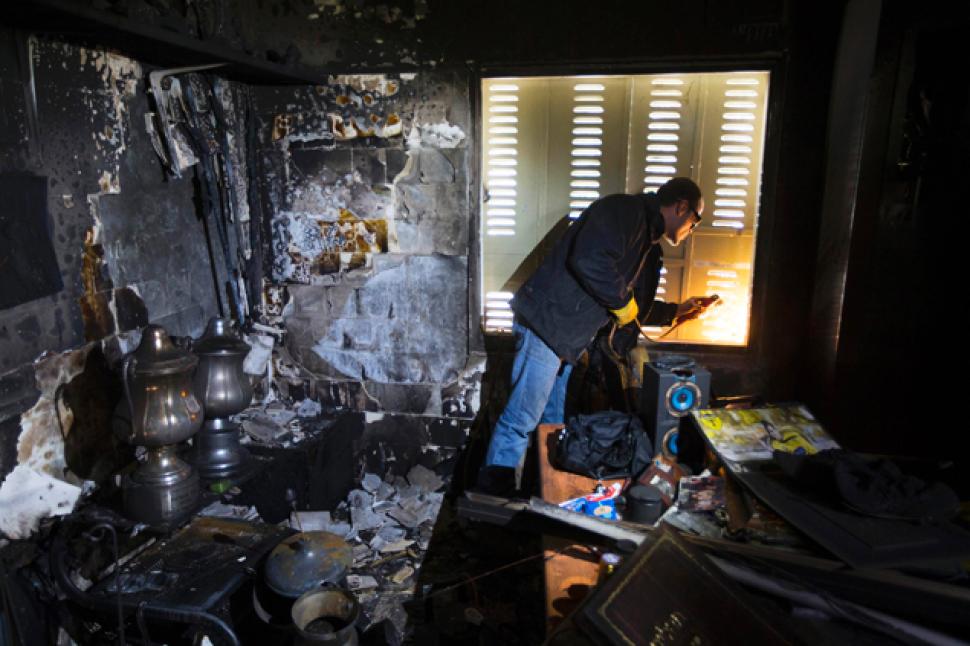
Beitar’s trophy room after the fire – Image via nydailynews.com
La Familia continued to strike at the club and the Chechens in any way possible. In March, Beitar Jerusalem hosted Maccabi Netanya. On the 47th minute, Zaur Sadayev scored a leading goal for Beitar. The commentator suggested that a Sadayev goal would fix everything, but for La Familia the goal made the situation worse. They could not take the fact that a Muslim player had scored for their team. Hundreds of fans immediately left the stadium in protest, in one of the most embarrassing and shameful moments in Israeli football history.
After an extreme four months in Jerusalem, with very few football moments, Sadayev and Kadiyev left Beitar, and returned to Chechnya. Sadayev concluded his time in Beitar with one goal, one red card, and played seven matches. Kadiyev on the other hand, participated only in one match as a substitute, and was not involved in first team action. Kadiyev, as the younger of the two, had not recovered from that shocking first practice in Bait vaGan. They both had a tough time resurrecting their careers after their time at Beitar. Sadayev went on loans to Poland and played for Lechia Gdańsk and Lech Poznań, but failed to leave an impression. Kadiyev went back to Terek Grozny, but never made it back to the first team, and he is still struggling to make his breakthrough in football.
Fragments of Sunlight in a Deep Grey Sky
The mixture of social-political relations in Israel had a vast impact on Beitar Jerusalem’s history and on their fans’ character. After the club’s advancement from its position as a marginal team to one of power in Israeli football, a second process started. The club’s fan base changed from the social-economical periphery, towards an extreme and fierce right wing voice, in a radicalizing Israeli society. Unfortunately Zaur Sadayev and Dzhabrail Kadyiev found themselves in the heart of the second process.
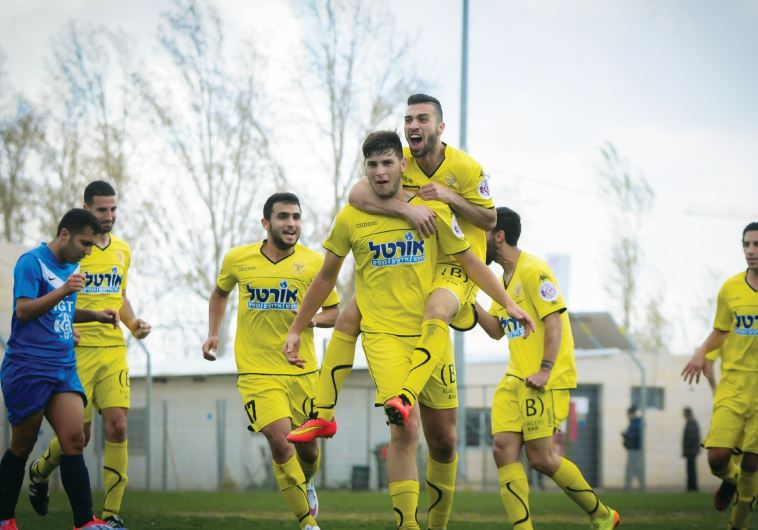
Fans founded Beitar Nordia a club inclusive to all – Image via jpost.com
The unsuccessful attempt to integrate Muslim players into the racist climate of Beitar Jerusalem, had a horrific impact on the players and on Israeli football—and marked Jerusalem as a symbol of racism worldwide. It led many fans to cut their support for Beitar, and to leave the stands. Despite its negative nature, the situation encouraged a few Jerusalemite fans to take responsibility for their club’s identity. Two years ago, a group of disappointed Beitar fans started their own club—Beitar Nordia, now playing their second season in the Israeli fifth tier. The club is managed democratically, organizes community and cultural activities, and is fighting for greater fan influence on the reality of Israeli football. Most importantly, however, Nordia also has on their roster, Arab players who are playing, scoring, and enjoying football—and wearing yellow and black uniforms.
The journey to racial equality among Beitar’s crowd is a long, complicated, and sensitive task. The trauma from the Chechen Saga is still present in discussions in the media, in Jerusalem’s municipal government, and in the Israeli football association. With the current extreme social-political atmosphere in Israel, and the ongoing conflict with Palestine, no change is expected anytime soon.
Gaydamak, Korenfein and the majority of the team’s players left Beitar the summer after the Chechen story, but La Familia stayed, and grew even stronger. For now, they have won the first skirmish over the club’s identity.
Uri Levy (@Levyninho) and Yossi Medina (@yossport1), run the popular football blog BabaGol (@babagoaaal), which covers football and politics with a big focus on the Middle East.
Please also support the @ForeverPureFilm project. You can find there Kickstarter campaign here.


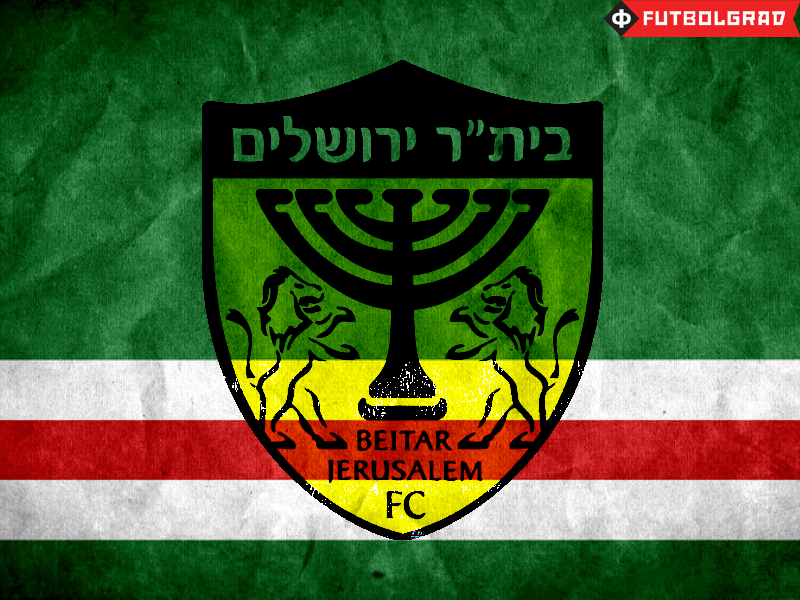
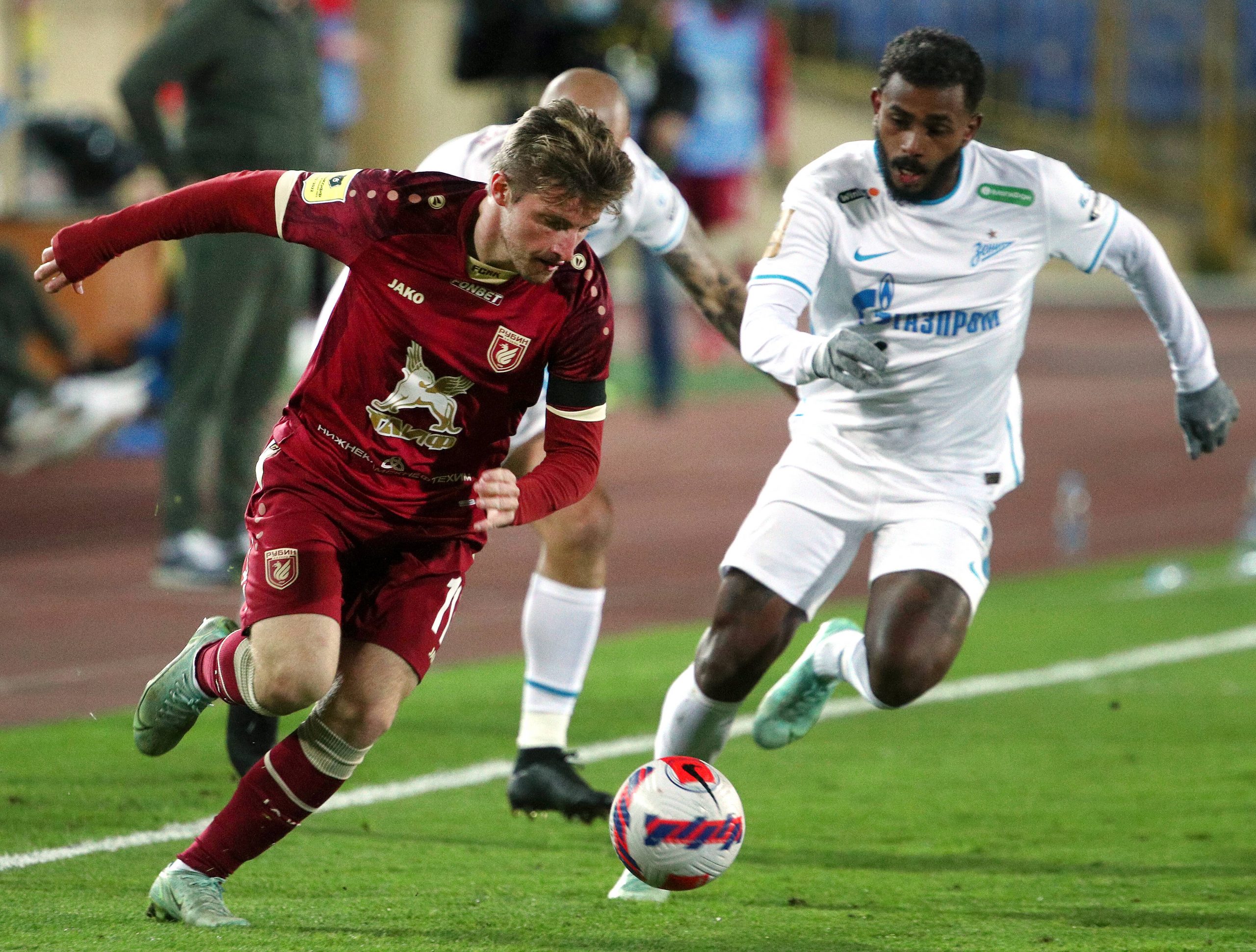
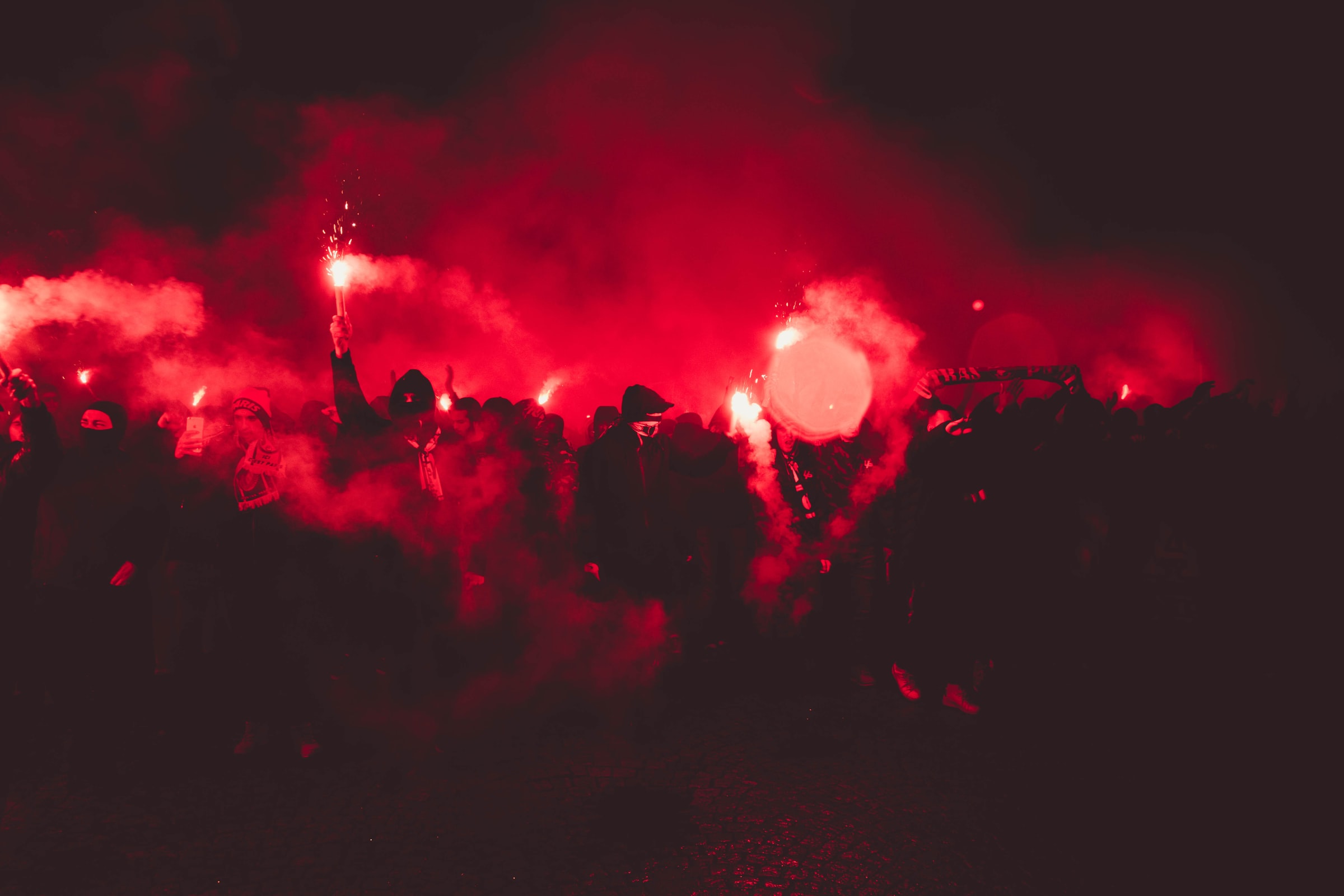


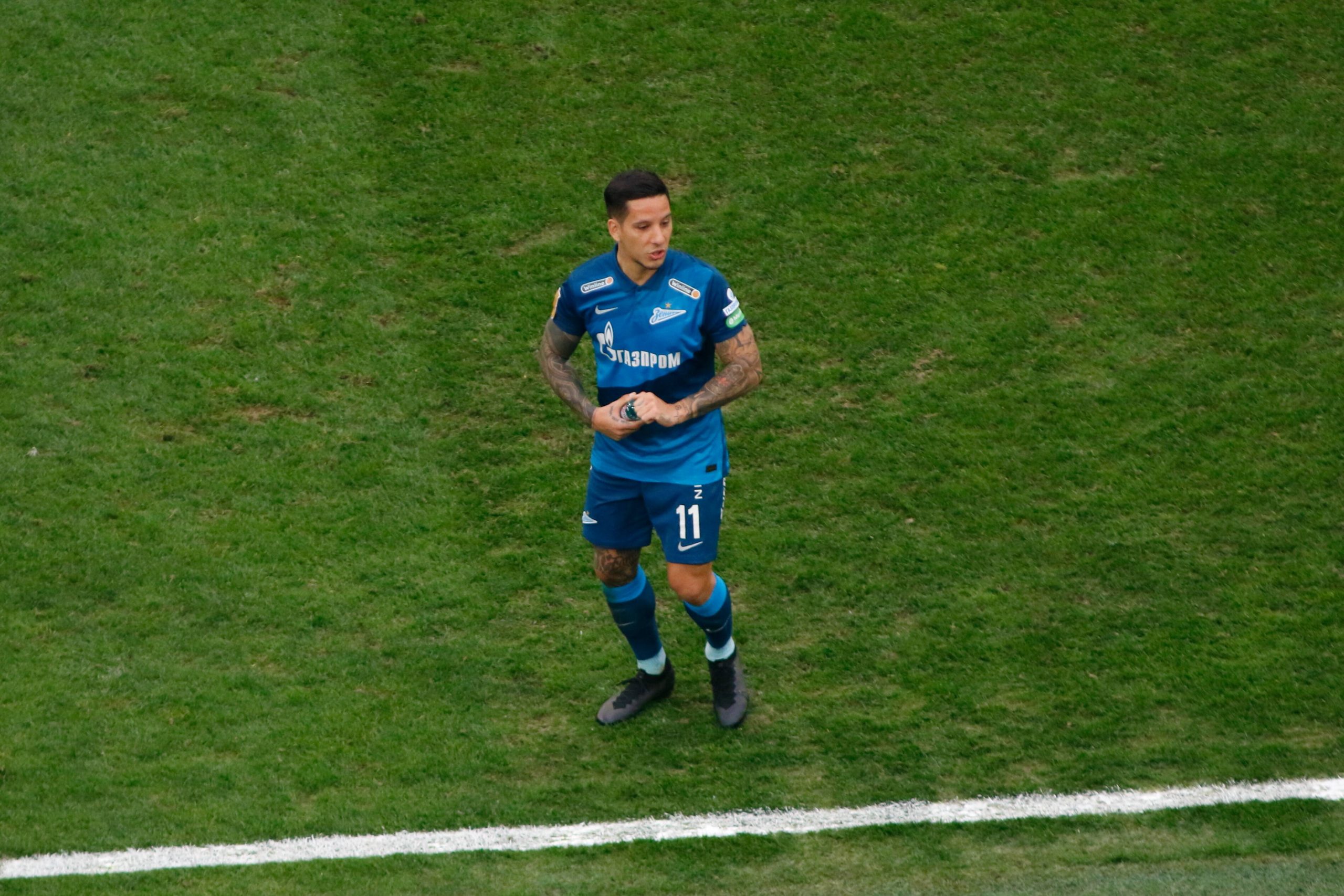
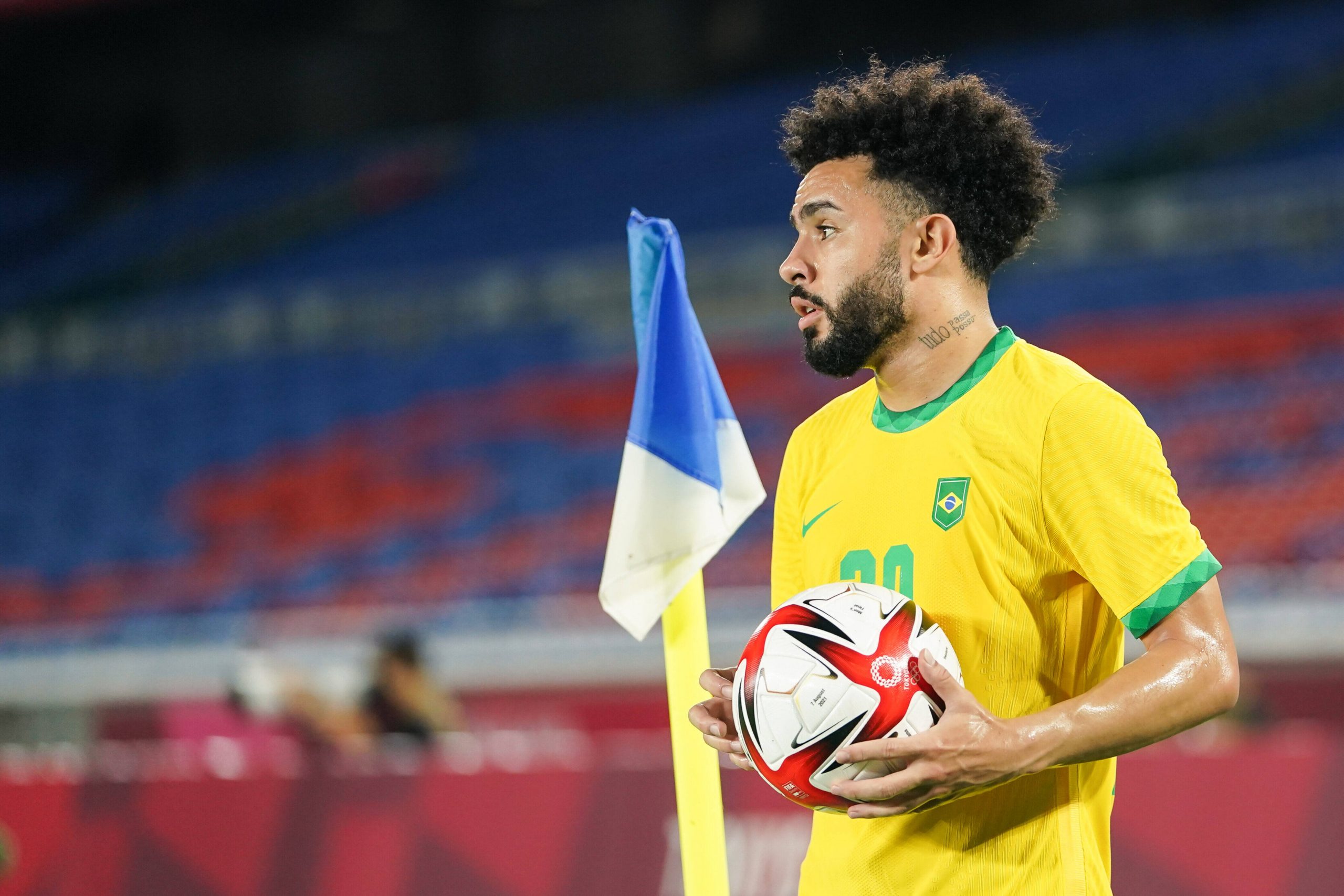


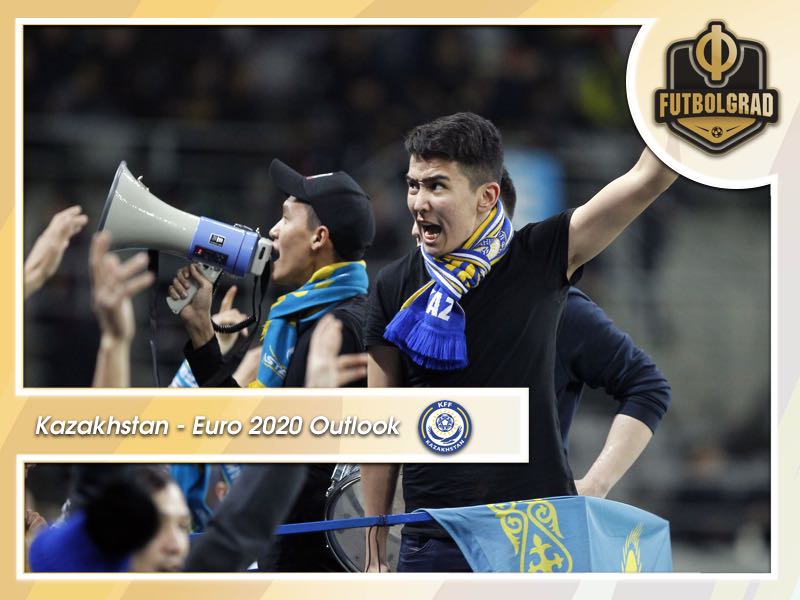
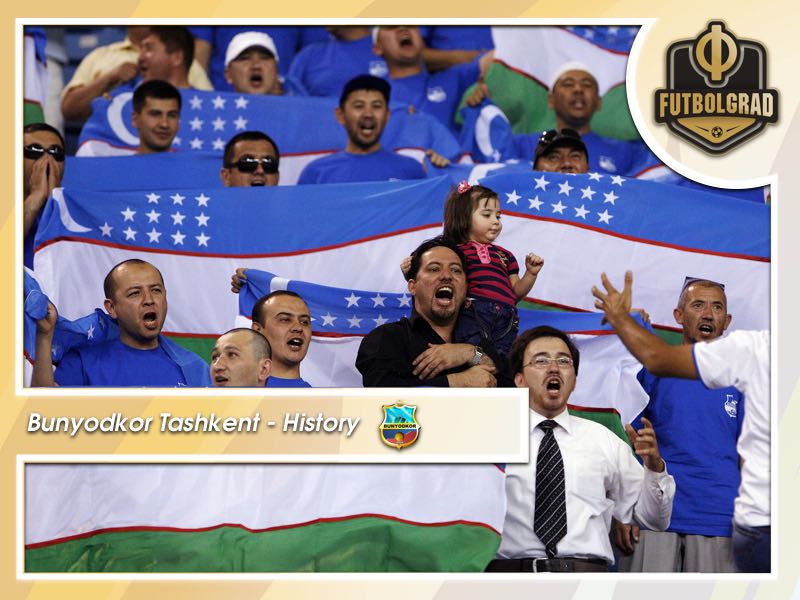
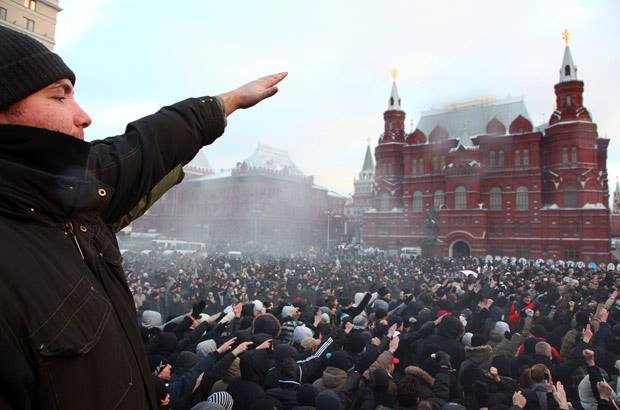
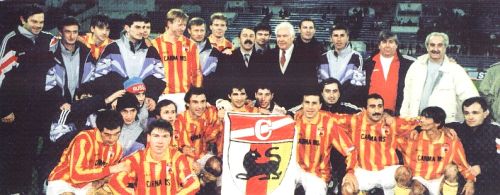
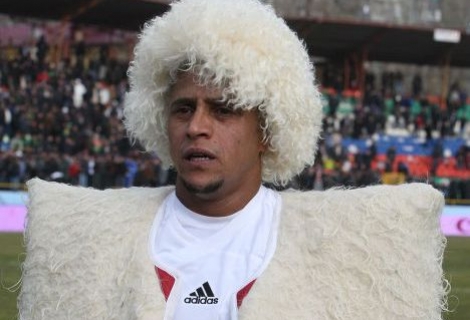
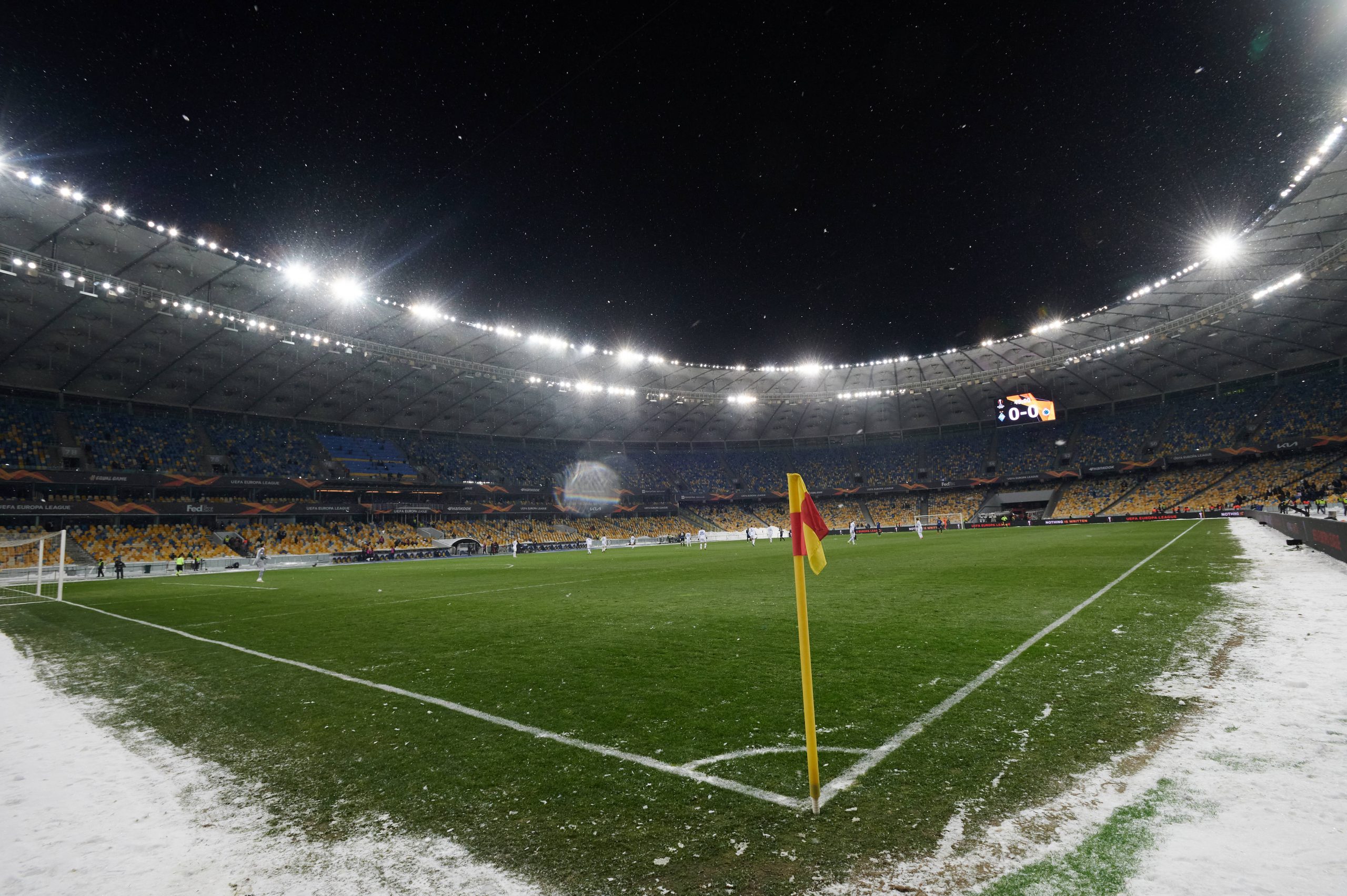
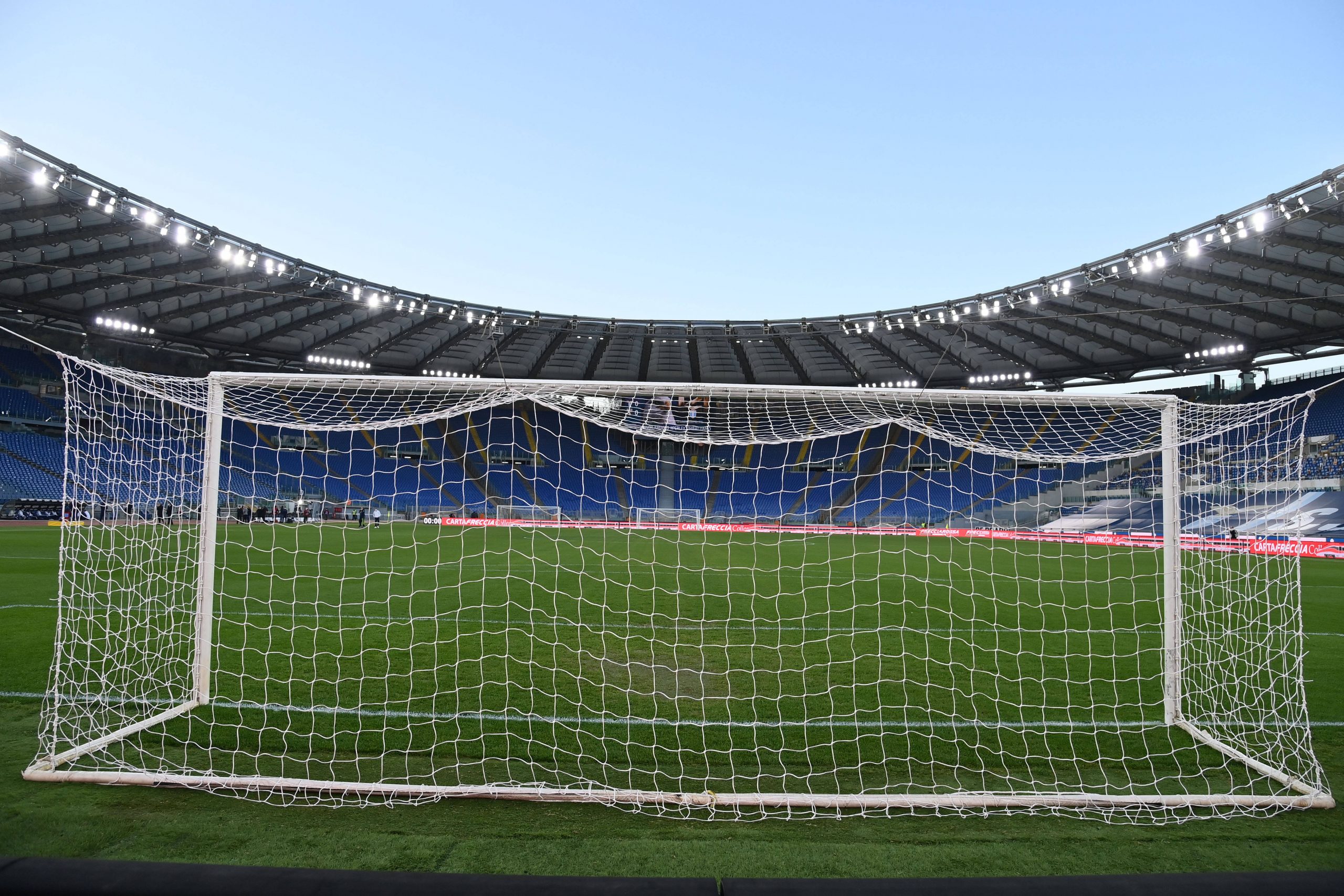
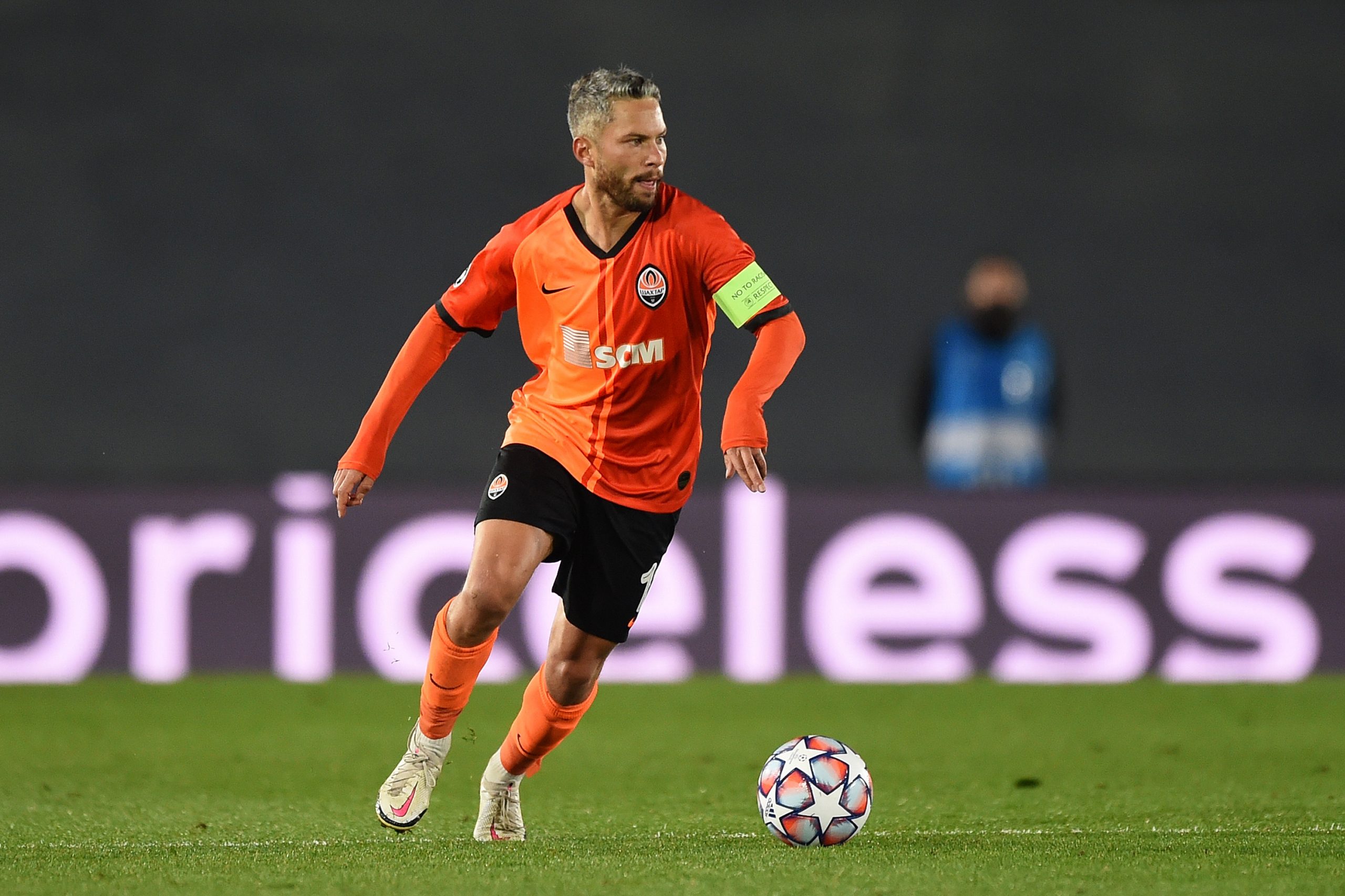

COMMENTS